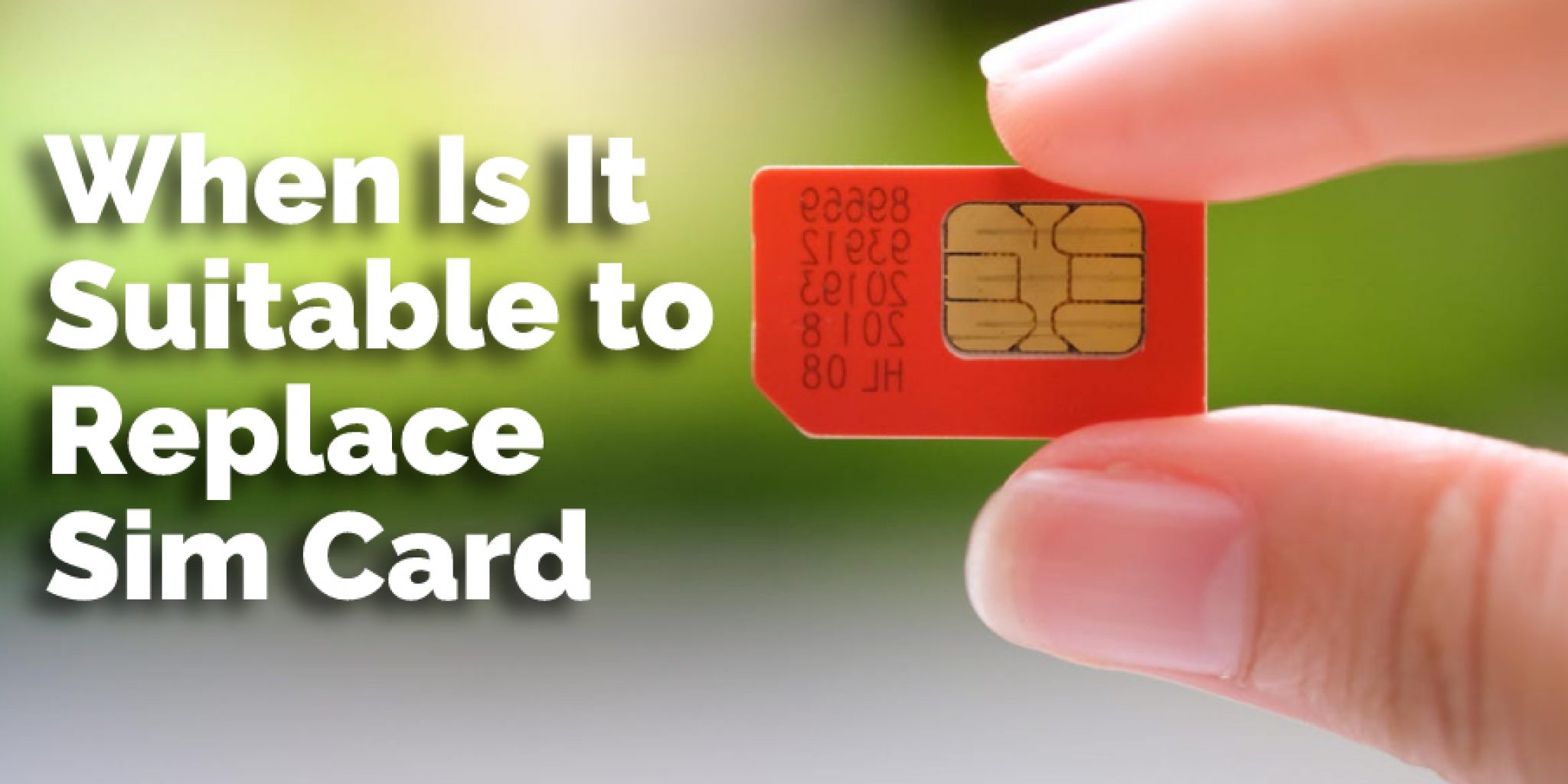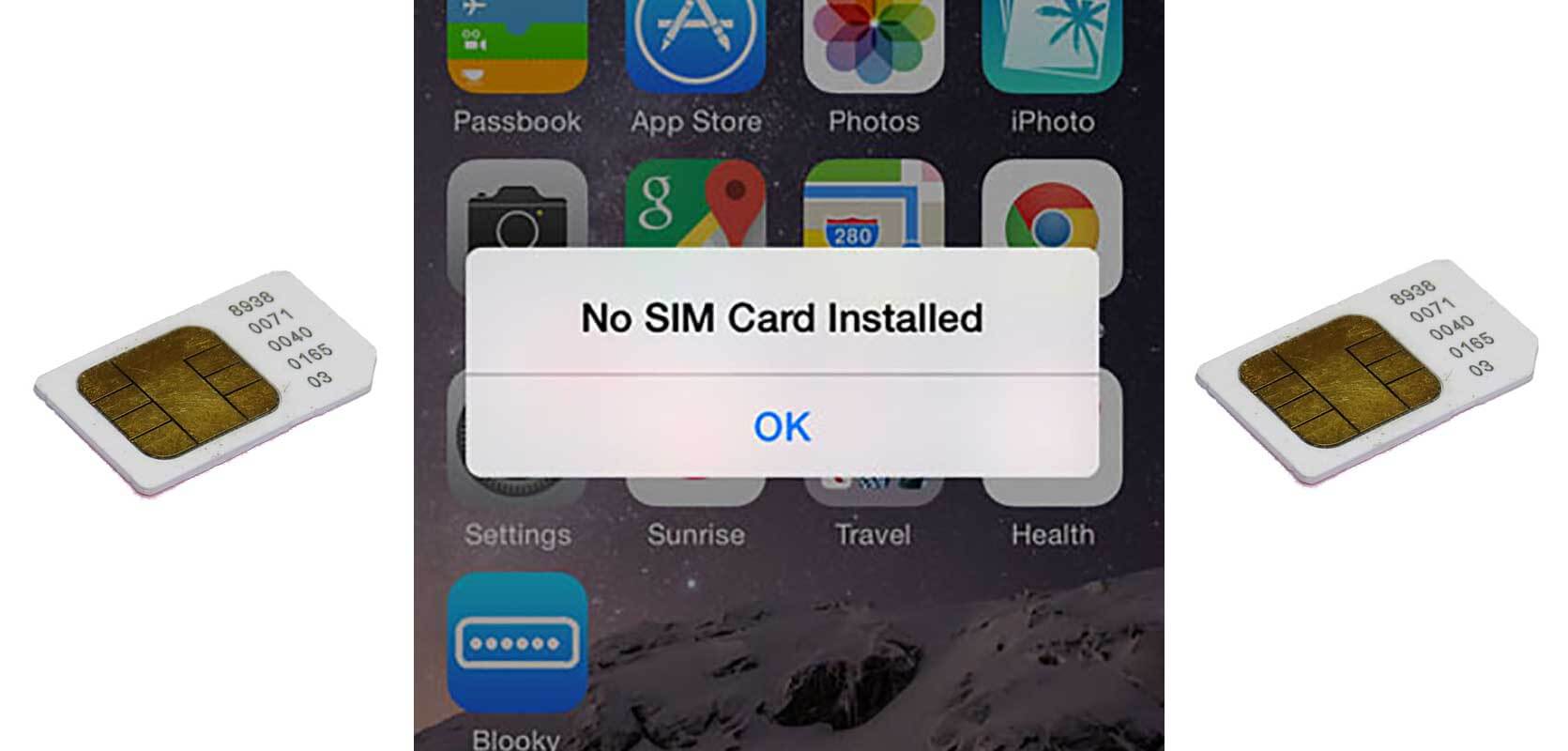When your SIM card malfunctions, it can disrupt your communication lifeline, leaving you stranded in the digital wilderness. Whether you’re experiencing intermittent connectivity, slow data transfer, or an inability to make calls, restoring your SIM card’s functionality is paramount. In this detailed guide, we’ll delve into the various causes of SIM card issues and equip you with actionable steps to resolve them.

Image: diyquickly.com
Understanding SIM Card Basics: A Gateway to Connectivity
A Subscriber Identity Module (SIM) card serves as a tiny yet indispensable component in your mobile device, facilitating your connection to a cellular network. It contains unique identification information that authorizes your device for communication, allowing you to make calls, send messages, and access data services. Recognizing the importance of this critical component, let’s explore how to address common problems and restore its optimal performance.
Troubleshooting Your SIM Card: Pinpointing the Cause
Identifying the root cause of your SIM card’s malfunction is crucial for effective troubleshooting. Here are some common issues to consider:
- Physical Damage: A cracked or bent SIM card can disrupt its electrical connections, affecting signal reception.
- Improper Insertion: Ensure that the SIM card is seated correctly in its designated slot, making contact with the contact pins.
- Software Glitches: Software bugs or updates can interfere with the SIM card’s functionality, requiring a system reboot.
- Network Issues: Occasionally, network outages or maintenance work may cause temporary disruptions to SIM card connectivity.
Step-by-Step Solutions for Restoring SIM Card Functionality
-
Restart Your Device: Sometimes, a simple restart can resolve software glitches and refresh the connection between your SIM card and the network.
-
Inspect and Clean the SIM Card: Gently remove the SIM card and inspect it for any physical damage. Use a dry cloth or cotton swab to clean the contact points on both the card and the slot.
-
Reinsert the SIM Card: Ensure proper seating of the SIM card in its designated slot. If you encounter resistance, avoid forcing it and seek professional assistance.
-
Check for Software Updates: Install any pending system updates, as they may contain patches to resolve SIM-related issues.
-
Disable and Re-enable Airplane Mode: Toggling airplane mode off and back on can reset your device’s network connection and potentially resolve SIM card problems.
-
Contact Your Carrier: If the above steps fail to rectify the issue, reach out to your cellular carrier for further assistance. They may need to verify your account, issue a replacement SIM card, or troubleshoot the network in your area.

Image: www.payetteforward.com
Additional Tips for Maintaining SIM Card Health
- Avoid Bending or Damaging the Card: Handle the SIM card with care to prevent physical damage that could compromise its functionality.
- Keep the SIM Card Dry: Exposure to moisture can damage the electrical components of the SIM card, rendering it inoperable.
- Store the SIM Card Safely: When not in use, store the SIM card in a secure and dry place to prevent loss or damage.
- Update Your Phone Regularly: Install software updates to ensure compatibility between your device and the latest SIM card technology.
How To Fix My Sim Card
Conclusion: Your SIM Card Connection Restored
By troubleshooting and addressing common SIM card issues, you can restore its functionality and regain seamless communication. Remember, a properly functioning SIM card is essential for staying connected and navigating the digital world with ease. If persistent problems arise, don’t hesitate to seek professional assistance from your carrier or a qualified technician.